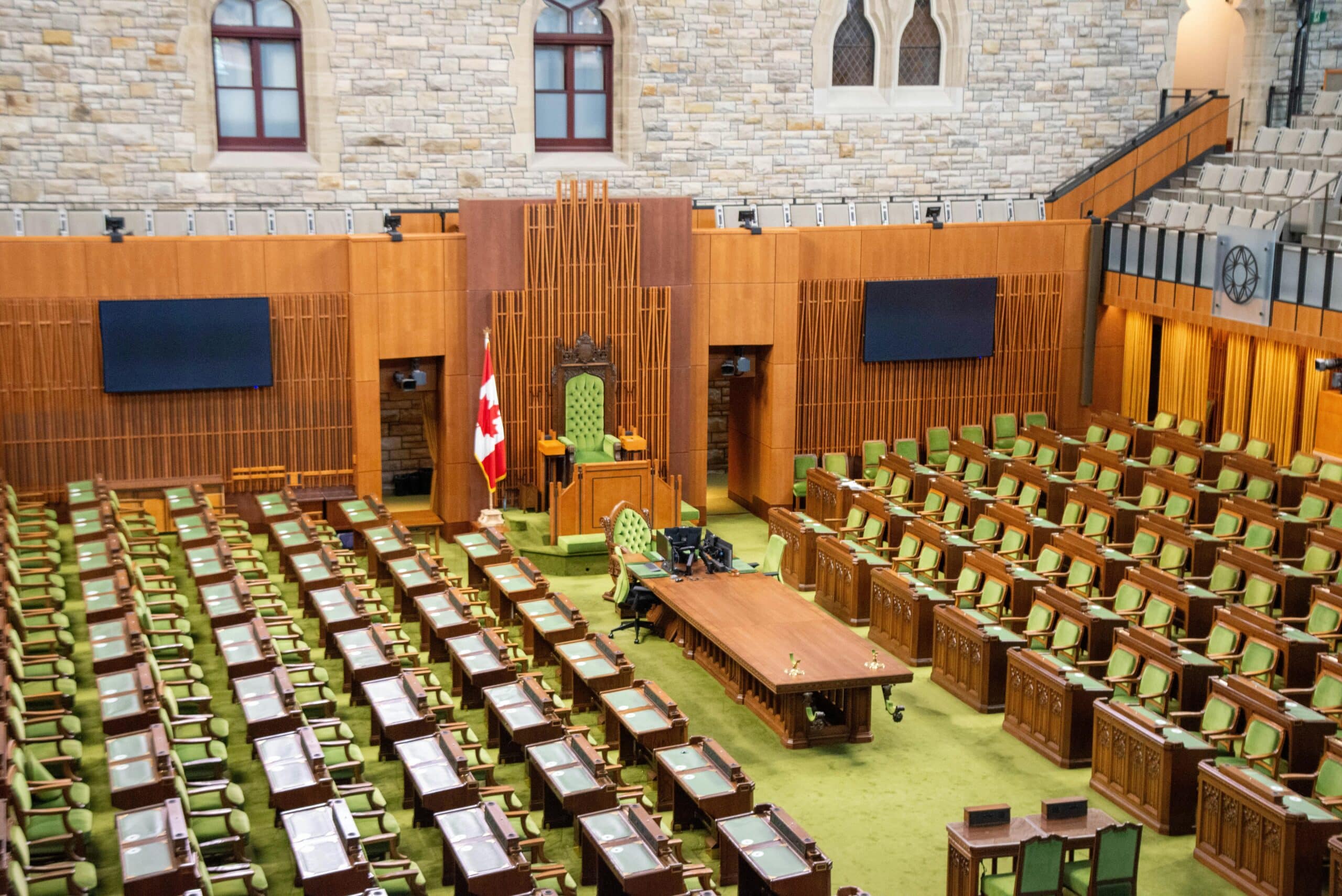Estate freezes have been the cornerstone of estate planning for business owners for as long as capital gains tax has existed in Canada, dating back to 1972. The main driver for its implementation has been income tax minimization at death to the business owner’s estate, in regards to the corporate shares which the business owner owns at that time.
What is an estate freeze?
An estate freeze is a corporate reorganization which is implemented to halt the future growth in value of the shares currently held by a particular shareholder (the “Freezor’), thereby permitting that future growth in the value of the company to accrue to another class of shareholders. Typically, that class of shareholders will be the family and/or issue of the Freezor.
Why implement an estate freeze?
When a Canadian resident individual passes away, the decedent is deemed to dispose of all capital property owned at that time for its fair market value immediately before death. Any inherent capital gains or losses of the property(ies) owned at that time will be included in the taxable income of the decedent’s final personal income tax return for the year of death.
This can result in a very substantial tax liability that the estate would not necessarily have funds to pay. It can even result in the need to sell all or part of the family business in order to pay the tax.
The foregoing deemed disposition of the decedent’s capital property can be deferred in a
particular instance. Specifically, where the capital property is transferred or distributed
to:
a) the decedent’s spouse or common-law partner, who was a Canadian resident immediately before the decedent’s death; or
b) a testamentary spousal trust, that was a Canadian resident immediately after the time that the property vested indefeasibly in the trust; and
the property has vested indefeasibly with such person within the period ending 36 months after the death of the decedent, then the capital property will be deemed to have been disposed of at the decedent’s tax cost, rather than its fair market value, immediately before death.
While the foregoing tax deferral rule is certainly beneficial to avoid paying capital gains taxes upon the death of a business owner who has a surviving spouse, eventually the tax liability will be borne by that surviving spouse and could very well grow to a much higher amount than upon the earlier death of the business owner. A numerical example best explains this concept.
Example:
Assume a spouse (“Spouse A”) is the sole shareholder of a company (“Opco”). It is estimated that these shares have a current fair market value (“FMV”) of $5 million and has a nominal tax cost. The spouse is married (“Spouse B”) and has adult children. It is projected that on a balance of probabilities, Spouse A will pass away before Spouse B, and that Spouse B will pass way before the adult children. Assuming for the purposes of this example, that the shares of Opco will have grown in value to $12 million when Spouse A passes away, and to $16 million when Spouse B passes away.
If Spouse A structures the last Will and Testament to provide that the Opco shares will vest indefeasibly with Spouse B upon death, either directly or through a testamentary spousal trust, then there will be no deemed disposition of the Opco shares at the time of Spouse A’s death. That said, when Spouse B passes away, the difference between the FMV of the Opco shares at that time (i.e. $16 million) and the tax cost of the Opco shares (nominal) will be recognized as a capital gain, which will be included as part of the taxable income within Spouse B’s final personal income tax return.
While it was clearly beneficial to defer paying income taxes in respect of the Opco shares upon Spouse A’s death, the negative income tax consequence which arose is that the capital gain which was realized when Spouse B passed away increased from $12 million to $16 million, since the Opco shares continued to grow in value following Spouse A’s death.
In the context of this example, it cannot be ignored that the capital gains tax implication to Spouse A’s estate could have been limited to when the Opco shares had $5 million of value, if some form of proactive course of action was previously implemented, as opposed to having done nothing and allowing the shares to grow to $12 million, or alternatively, to $16 million in value. The foregoing proactive course of action is commonly referred to as an estate freeze.
Below is a paper written by Nathan Choran, Tax Partner at Zeifmans, for the 2018 B’nai Brith Tax Conference on the implementation of an estate freeze, and an update how the recent amendments to the Income Tax Act will affect estate freezes moving forward.
The Estate Freeze: Post – 2017
For more information on estate planning and estate freezes, please contact your Zeifmans advisor today or Nathan Choran at 416.256.4000 or nc@zeifmans.ca.



